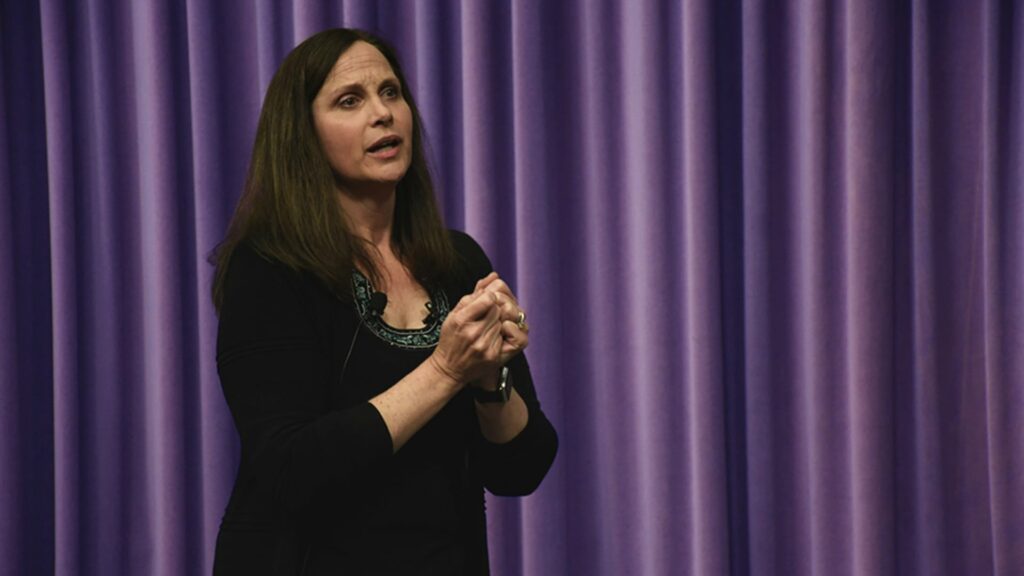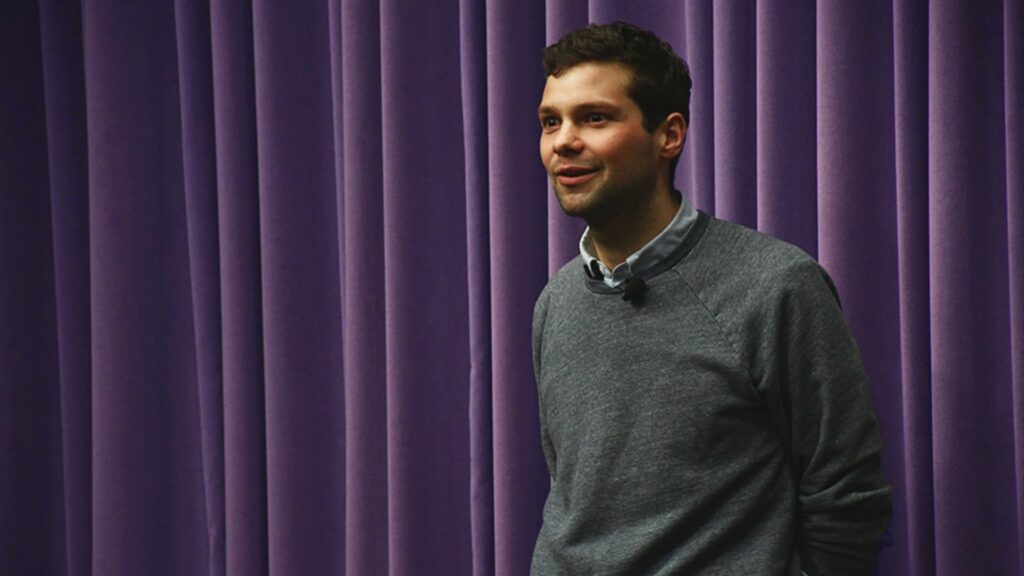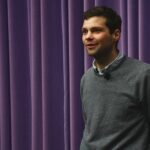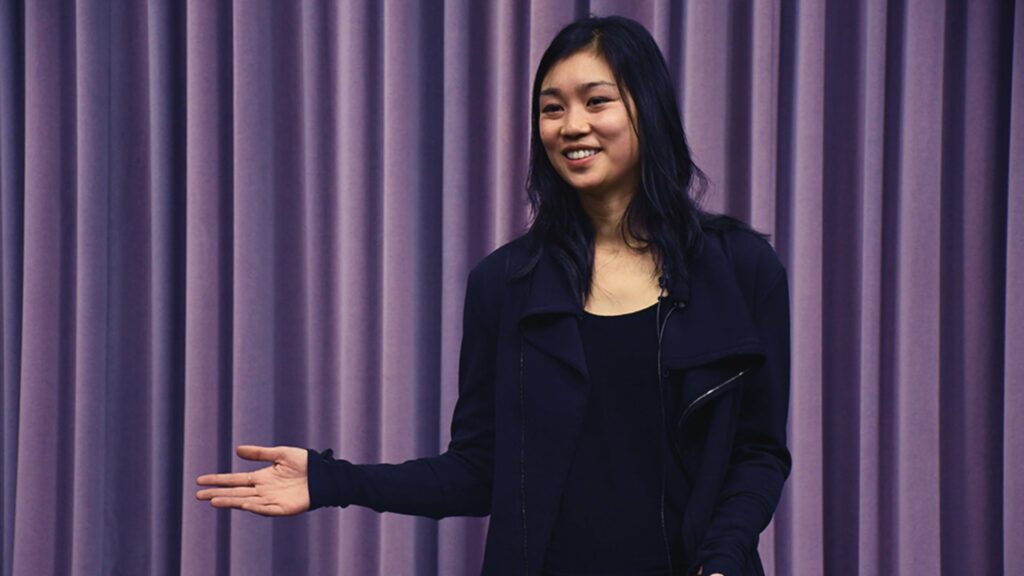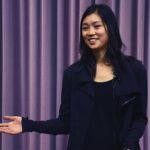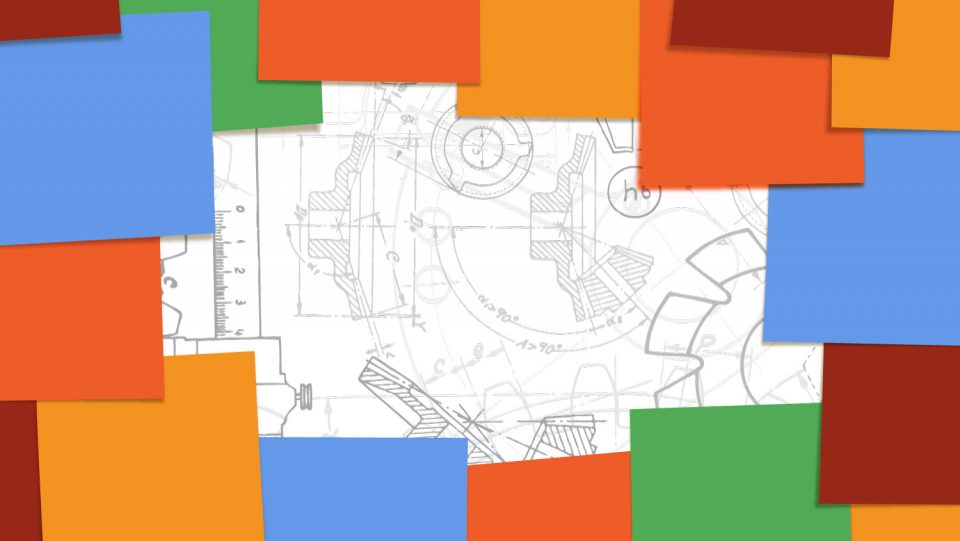
It’s wonderful that design thinking is now applied to so many different problems: designing better experiences for hospital patients, designing and implementing better client experiences at social-service agencies, starting new companies, teaching leadership, inventing new radio shows, changing organizational structures, and developing new products and services for people at the bottom of economic pyramid – to name just a few. Design thinking focuses on uncovering human needs, and doing so by not just relying on what people say, but by watching what they do as well. It entails developing a point of view about what needs to address, generating quick and rough solutions, prototyping like crazy and testing ideas with the users, customers, patients, employees or whomever the solutions are intended to help – and doing it all very quickly and not being overly attached to ideas.
There is, however, a part of the story that seems to be slipping away – especially in the business press and in business schools, as well as in areas such as education and healthcare where design thinking is being used. Many executives, students and journalists don’t seem to realize that engineers and engineering schools were among the main driving forces behind the start of this movement. David Kelley, the main founder of the innovation firm IDEO and the Stanford d.school, has been teaching mechanical engineering at the university for over 35 years; and Bernie Roth, our academic director at the d.school has been teaching mechanical engineering at Stanford since 1962 (he is a pioneer in the field of robotics).
And consider two of the most revered design thinkers and teachers I know: Diego Rodriguez at IDEO and Perry Klebahn at the d.school (officially, the Hasso Plattner Institute of Design at Stanford). When I first met Diego, some 20 years years ago, he had just graduated from Stanford, where he earned a degree in mechanical engineering and was working at IDEO. Diego did get increasingly interested in business, got a Harvard MBA, and now – back at IDEO for years as a partner – has become one of the most imaginative business thinkers I know (check out his blog and tweets). Yet, when I talk to Diego, listen to his ideas, and watch his masterful teaching and coaching, I can always see how the magnificent engineering designer inside him remains the strongest guiding force. His relentless advice to do things like get out and talk to and watch some real human beings, to develop a sharp point of view, to brainstorm, to “prototype until your puke,” and to view ideas as easy to get, important to throw away, and ultimately best to be judged by users and the market (rather than experts) all go back to his product-design roots. This really struck me when, a few years back, Diego was designing a new organizational structure for a client that, many years before, he had designed a product for when working as a young IDEO designer. He remarked to me, “The end product is a lot different, but the process I am using is remarkably similar.”
I see the same thing in how Perry approaches problems. Perry has always been a product guy, as he invented the modern snowshoe as a Stanford product-design student and then went on to grow a company that sold and spread the product called Atlas, then was COO of Patagonia, and most recently was CEO of Timbuk2. Perry has also taught numerous product-design classes at Stanford over the past 25 years, and in the last decade, taught over a dozen classes for students and executives at the Stanford d.school. In fact, Perry has taught more d.school classes than any other faculty member since the d.school was founded in 2004 (even though he was CEO of Timbuk2 for five of those years, he kept teaching).
Over the years, I have watched Perry move beyond and expand his engineering-design skills to an ever broader set of problems, like helping software executives gain empathy for what millennials want and rethinking the strategy of a Fortune 500 company. Lately, Perry’s students in his d.school classes – which he teaches with others including Kathryn Segovia, Jeremy Utley and me – tackle problems ranging from finding ways for the San Francisco Opera to attract younger customers to improving the experience of buying a bra for women who have had mastectomies.
Yet Perry’s engineering roots are always evident. I remember watching Perry use his product-engineering background to guide a class exercise aimed at improving employee selection, recruitment and socialization practices for our d.school fellows program. He pressed the students to look for unmet needs, to identify the problem they were trying to solve, to brainstorm ideas for prototypes quickly, and then to test the emerging ideas with users – even though those ideas were unfinished and crude approximations of organizational practices. This process, although modified by Perry and many others to fit problems of all kinds, is simply a variation of the design process that Perry used as a Stanford engineering school student years ago to invent the modern snowshoe – and then to grow the company and customer base required to make the product succeed.
Yes, I am a tenured professor in the Stanford School of Engineering, but I am not an engineer. The core of what we do at the d.school, and of much of what they do so well at IDEO, is rooted most strongly in product-design engineering – especially the flavor taught at the engineering school. That is why, frankly, I feel better when I work with “real” engineering product designers like Diego and Perry in the d.school classes I help to teach – even though I recognize that there are master design thinkers from all kinds of backgrounds, including lawyers, journalists, computer scientists and psychologists. The aforementioned Kathryn Segovia has a Ph.D. in communication (she did her thesis on the psychology of avatars), and Jeremy Utley is a Stanford MBA and former management consultant). Both have developed into two of the most skilled design-thinking practitioners, teachers and coaches I know.
Like many people at the d.school, I get in regular arguments about what design thinking is, how it ought to be applied, and the times when it isn’t right to use it. It’s healthy for all of us to question what we do and how to do it better. But one thing we all share at Stanford, whether our students and faculty realize it or not (and some don’t, as the history is fading a bit), is that the brand of design thinking that we teach is a mindset and set of methods that was developed and refined at Stanford’s engineering school for decades – especially by product designers – before design thinking was ever a hot topic in business, entrepreneurship, education, healthcare and so many other places.


